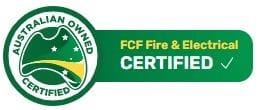Smoke Alarms: How does it Work?
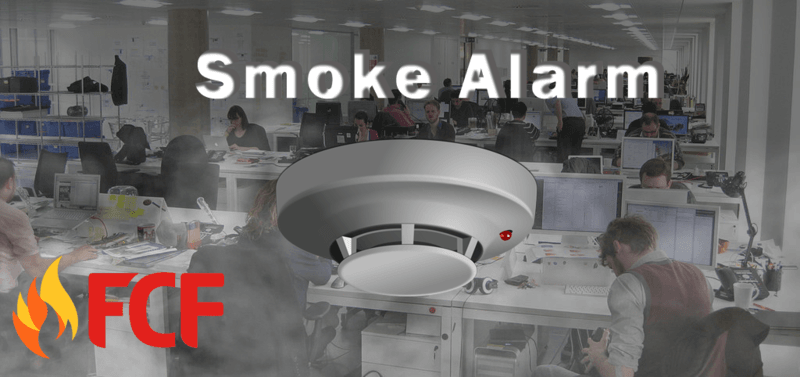)
The smoke alarm in your homes might be both ridiculously sensitive and ridiculously loud. They might go off even when there's no smoke, and you scramble up on top of a chair to reset them because a pot of boiling water is producing steam. So are you wondering: How do these things work?

Types of Smoke Alarms
Ionization Detectors
Ones there is an ionization chamber with two plates and a source of ionizing radiation. The alarm's battery sends a voltage to the plates, charging one positive and negative. The radiation supply, few amounts of an isotope called Americium-241, decays and emits alpha particles at a definitive, persistent rate. Once the particles travel through the chamber, they ionize or knock an electron from the oxygen and nitrogen atoms in the air that passes through the chamber.
The newly free electrons, which have a negative charge, are attracted to the positively charged plate, and the now-positively charged atoms are attracted to the negative plate. This maintains a tiny amount but constant current between the two plates. When smoke enters the chamber, it disrupts this little movement of ionization and lowers or kills the current between the plates, triggering the alarm.
Some disadvantages to ionization detectors are that the radioactive isotope needs proper disposal of old detectors so that they don't cause a hazard, and it's very sensitive.
Simple Explanation: When smoke gets into the detectors and blocks the ELECTRICAL CURRENT, which sounds the alarm.
Photoelectric Detector
It has a light-emitting diode that sends a beam of light across the top of a T-shaped chamber. At the bottom of the T is a photocell that detects light. When smoke enters the chamber, the light hits it, spreads into the base of the T and strikes the photocell. When a definite amount of light hits the cell, it triggers an electrical current that sets the alarm off.
These detectors aren't as sensitive as the ionization ones and are designed to detect slow, smouldering, smokier fires. Once a certain amount of light hits the cell, it triggers an electrical current that sets the alarm off. Grea information here about photoelectric detector. These detectors aren't as sensitive because the ionization ones and are designed to detect slow, smouldering, smokier fires.
Simple Explanation: Once smoke blocks the LIGHT RECEPTORS of this kind of unit, an alarm sounds.
Probably the most comprehensive method to protect your home is by utilizing an alarm which utilizes both methods of detection. Combination smoke detectors remove the guesswork involved in choosing the best type of device for every aspect of the home or facility because they've got it all covered: ionization detection for low, sudden smoke flame-ups, and photoelectric sensors for smoky, slow-burning fires.
To ensure your home or facility is completely protected from fire emergencies, talk to FCF, an experienced fire safety expert who can help determine the types of smoke alarm systems you need and if you want to ensure your fire safety throughout the years, trust FCF.
)
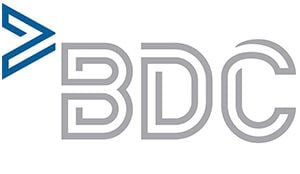)
)
)
)
)
)
)
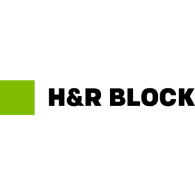)
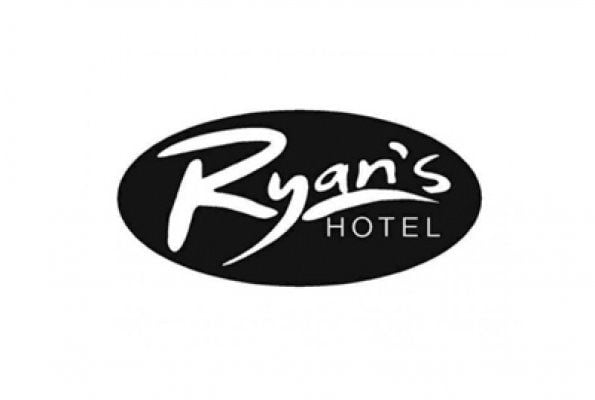)
)
)
)
)
)
)
)
)
)
)
)
)
)
)
)
)
)
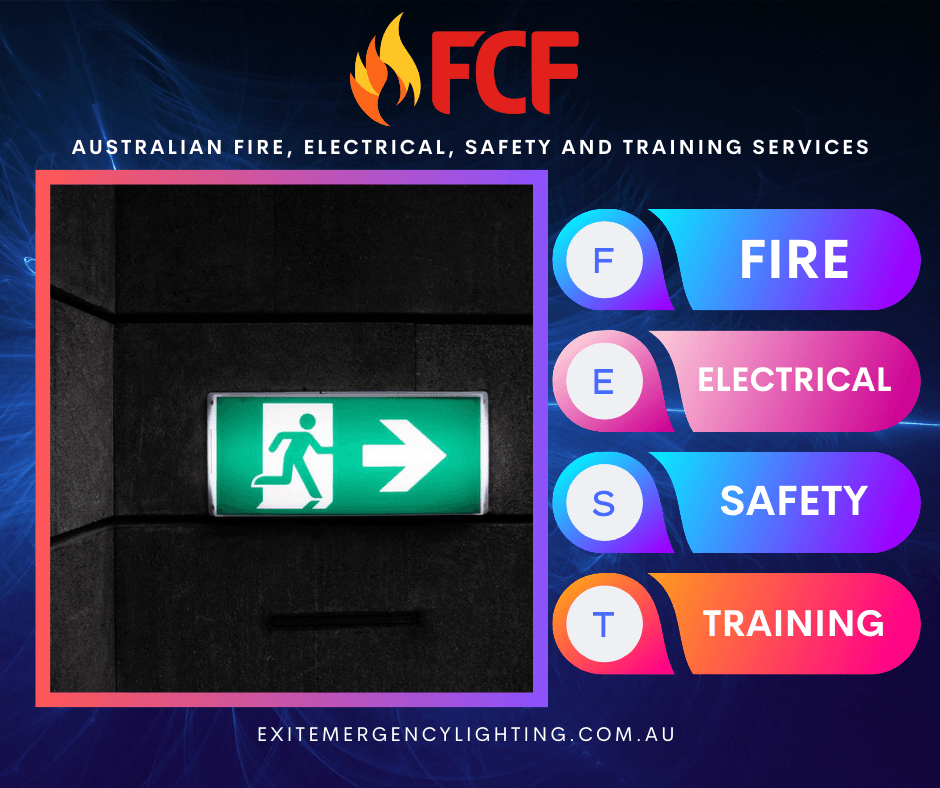)


